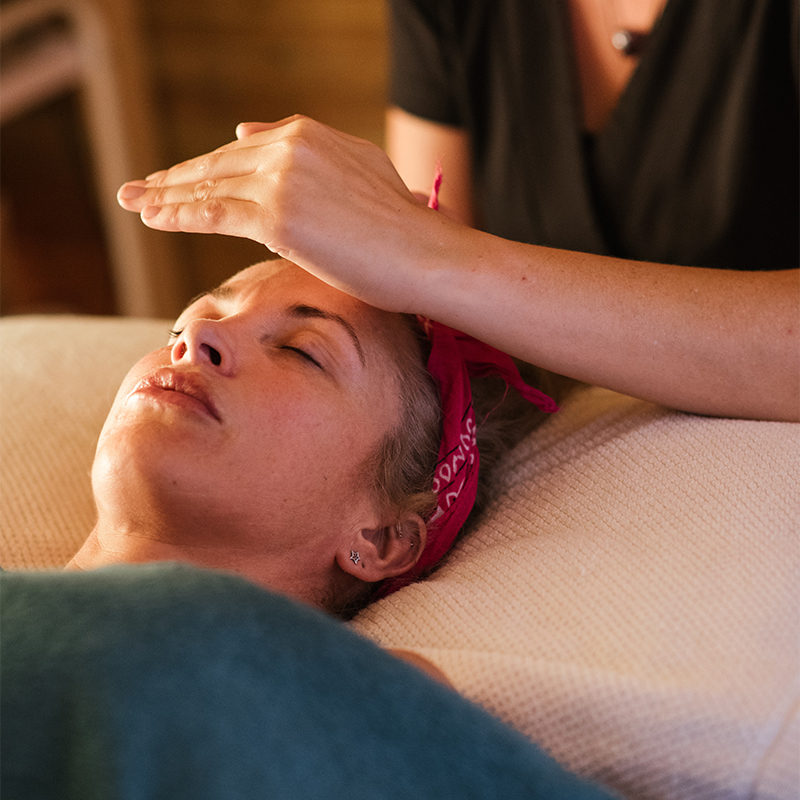IONS completed a large pilot study of 17 energy medicine practitioners giving sessions to people with hand and wrist pain. One unique aspect of this pilot study was that one clairvoyant seer recorded observations during the almost 200 sessions. However, one limitation of these interesting results was that it was only with one seer. IONS has launched a new study building on this previous work that focuses on Reiki practitioners and including six seers!
Reiki healing is a type of energy medicine that is believed to involve a transfer of a universal energy or life force mediated by one sentient being to another. The energy is believed to be channeled through the hands of a practitioner who holds their hands over specific points throughout a patient’s body aiming to facilitate a self-recovery response. Reiki may also be practiced from a distance.
Does Reiki energy medicine healing really work? Can seers “see” the same thing during the sessions? A new IONS study will explore these questions, and you can participate in the research.
How Reiki Works
Different traditions teach different techniques to Reiki healers. In addition, some healers can work at a distance. The following, however, describes a typical Reiki session.
The practitioner begins a session sitting at the head of a bed or massage table and, starting with the prescribed positions for the head, gently moves down the body (from head to toe), returning afterwards to the site of tension, pain or distress that the patient complained of in the first place.
The hands of the practitioner remain at least five minutes in each prescribed position, and may also be adjusted by the practitioner’s inner feeling of the flow of energy at the specific position. In a typical Reiki session, a practitioner may apply 10 to 20 different hand positions, and more advanced practitioners tend to alter the order or the positions based on the patient’s needs and their intuitive feeling of energy flow in the patient’s body. A Reiki session usually lasts between one hour and one hour and a half.
Problems with Reiki Research to Date
There has been extensive research into subtle energies and Reiki and their effects on health and well-being. Unfortunately, findings are rarely integrated into standard health care and education. There are several reasons why this is the case:
Reiki is taught differently in different places, so it is hard to compare “apples to oranges.” In addition, the study protocols weren’t consistent in regards to practitioner experience, patient complaints, or length of treatment.
IONS Study Seeking Participants
IONS has launched a study to evaluate how Reiki works. Participants with depression or anxiety symptoms, current physical injury, or memory problems who are willing to come to Rohnert Park, California, between July 26 and August 6, 2021, for the study could be eligible to receive a 30-minute Reiki session. This study is part of the IONS Discovery Lab research program.
Participants will:
- Respond to screening questions
- Complete a preliminary online survey
- Receive a half-hour Reiki session
- Respond to post-session questionnaires and surveys on-site and about a week after the Reiki session
Because the study is designed to comply with rigorous scientific protocols, it is expected that outcomes will be reliable and significant. They may provide an important step forward in understanding whether, how, and why Reiki is an effective tool for healing.
Find out more about Reiki
Find out more about the study and register
